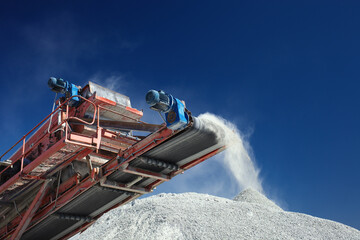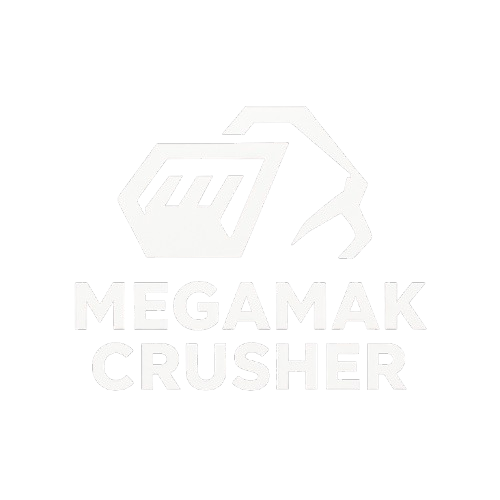Future Trends in Crushing: Automation and IoT

The crushing industry is rapidly evolving, driven by advancements in automation, artificial intelligence (AI), and the Internet of Things (IoT). Embracing these technologies enables operators to increase efficiency, improve safety, and reduce operational costs while meeting growing environmental and production demands.
Automation is transforming how crushing plants operate. Modern crushers can automatically adjust feed rates, crusher settings, and conveyor speeds based on material characteristics and desired output. This reduces human error, optimizes energy consumption, and ensures consistent product quality. Adaptive control systems allow plants to maintain peak performance under varying conditions, minimizing downtime and maximizing throughput.
IoT Connectivity plays a crucial role in real-time monitoring and predictive maintenance. Sensors embedded in crushers, screens, and conveyors track vibration, temperature, load, and wear patterns. Data collected from these devices is transmitted to centralized control systems, providing operators with actionable insights. Early detection of anomalies helps prevent failures, schedule maintenance proactively, and reduce costly unplanned downtime.
Artificial Intelligence and Predictive Analytics take operational efficiency to the next level. By analyzing historical and real-time data, AI algorithms can forecast equipment wear, optimize maintenance schedules, and recommend process adjustments. This predictive approach not only extends equipment life but also improves resource allocation and reduces operational risks.
Energy Efficiency and Sustainability are central considerations for future crushing operations. Hybrid-electric and fully electric crushers, combined with smart automation, reduce fuel consumption and carbon emissions. Intelligent load management ensures that equipment operates only at necessary power levels, lowering energy costs while maintaining production targets.
Safety and Remote Operations are enhanced through automation and IoT. Remote monitoring and control allow operators to manage plant performance from a safe distance, reducing exposure to hazardous areas. Automated shutdowns and alerts improve response times in case of equipment anomalies, minimizing the risk of accidents and protecting personnel.
Integration with Plant Management Systems allows for comprehensive oversight of crushing operations. From material tracking and inventory management to performance reporting, connected systems enable data-driven decision-making. Operators can optimize workflows, improve scheduling, and achieve higher overall plant efficiency.
In conclusion, the future of crushing lies in smart, connected, and automated operations. By leveraging IoT, AI, and advanced automation technologies, operators can enhance productivity, reduce costs, improve safety, and contribute to sustainable practices. Staying ahead of these trends ensures that crushing plants remain competitive, efficient, and resilient in an increasingly demanding industry.
